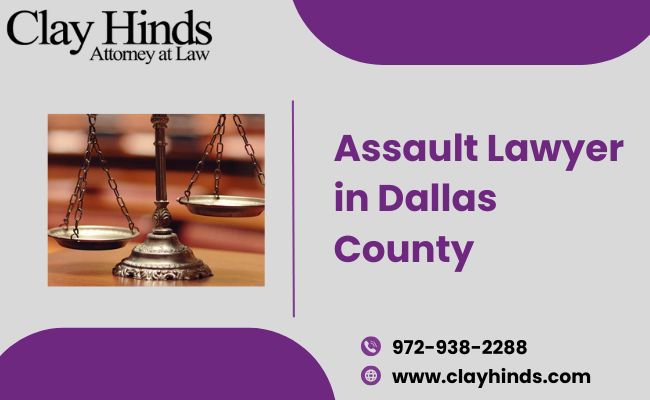Have you ever wondered why the choice of an assault lawyer in Dallas County is so important? The lawyer you select can directly affect your future. The right representation can protect your rights. It can also protect your reputation and your opportunities.
Both individuals and businesses need strong legal help when dealing with serious charges. That is why it is important to know how to find the best lawyer in Dallas County.
Why Choosing the Right Lawyer Matters
An assault charge is not something small. The penalties can go far beyond fines or jail. They can impact your job, your family life, and even your personal reputation.
Your lawyer plays a key role in shaping the outcome. The best lawyer in Dallas County will carefully examine every detail of your case. They will prepare a strong defense that fits your situation. They will represent you in court with confidence.
Without an experienced assault lawyer in Dallas County, you could lose opportunities to defend yourself. You might also miss chances to negotiate better outcomes.
Qualities of the Best Lawyer in Dallas County
Not all lawyers bring the same skills. Some have deeper knowledge of assault cases. Others may be strong in communication or negotiation. To choose wisely, you need to know the qualities that matter most.
The best lawyer in Dallas County usually shows:
- Experience: They have handled assault cases before and won positive results.
- Knowledge: They understand state laws and county rules in detail.
- Communication: They explain your options clearly and keep you updated.
- Strategy: They anticipate what the prosecution will do and prepare for it.
A reliable assault lawyer in Dallas County blends these qualities. That combination can give you confidence when facing uncertainty.
How to Identify the Best Lawyer in Dallas County
The search process can feel stressful. But breaking it down into simple steps makes it easier.
Here are ways to find the best lawyer in Dallas County:
- Check Credentials: Look into bar membership, training, and certifications.
- Review Past Cases: Focus on assault cases they have handled successfully.
- Schedule Consultations: Ask about possible defenses and strategies.
- Trust Your Instincts: Choose someone who makes you feel heard and respected.
Selecting an assault lawyer in Dallas County is not just about skill. It is also about trust and comfort. Both factors matter.
The Role of Negotiation and Trial Skills
Many cases never reach trial. Skilled lawyers often negotiate with prosecutors to find better outcomes. That is why you need someone who can both negotiate and fight in court if needed.
The best lawyer in Dallas County has both abilities.
Key skills include:
- Negotiation: Reducing charges or penalties through careful discussion.
- Litigation: Presenting strong evidence and arguments in front of a jury.
- Flexibility: Adjusting the strategy if new facts appear.
A strong assault lawyer in Dallas County can adapt to every stage. Whether your case settles or goes to trial, you will have protection.
Why Local Knowledge Makes a Difference
Not every county works the same way. The law may be the same across the state. But local practices and court procedures often differ. Judges and juries may also view cases in different ways.
This is why hiring the best lawyer in Dallas County matters. They know how local courts operate.
Benefits of local knowledge include:
- Awareness of county procedures and schedules.
- Familiarity with prosecutors and judges.
- Understanding of how similar cases were handled in the past.
When your assault lawyer in Dallas County brings this local insight, it gives you an extra edge.
Protecting Your Future with the Best Representation
An assault charge can follow you for years. It may hurt your career. It can affect your education. It may even change how people see you.
The best lawyer in Dallas County helps protect your future. Their role goes beyond defense in the courtroom. They guide you through every step of the process. They aim not only to reduce penalties but also to protect your long-term opportunities.
A skilled assault lawyer in Dallas County can also advise on how to move forward once the case is closed.
Conclusion
Finding the right assault lawyer in Dallas County is a decision that should never be rushed. Your lawyer shapes your defense, your options, and even your life after the case.
Look for experience, strong communication, and deep local knowledge. Choose someone who knows how to negotiate but is also ready to go to trial. The best lawyer in Dallas County can protect your rights today and secure your opportunities for tomorrow.
Looking for trusted guidance? Clay Hinds is ready to stand by your side with an experienced assault lawyer in Dallas County.

